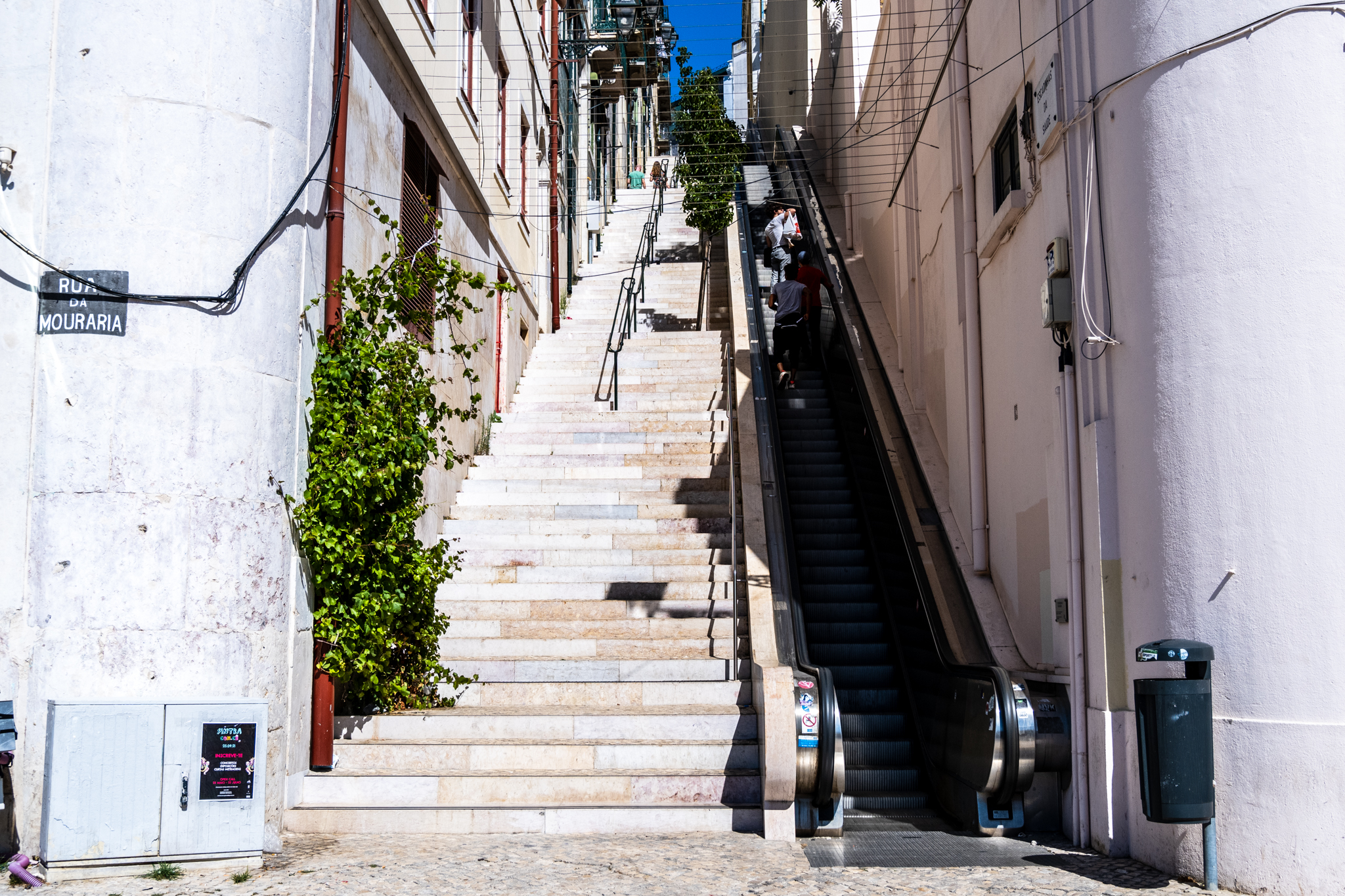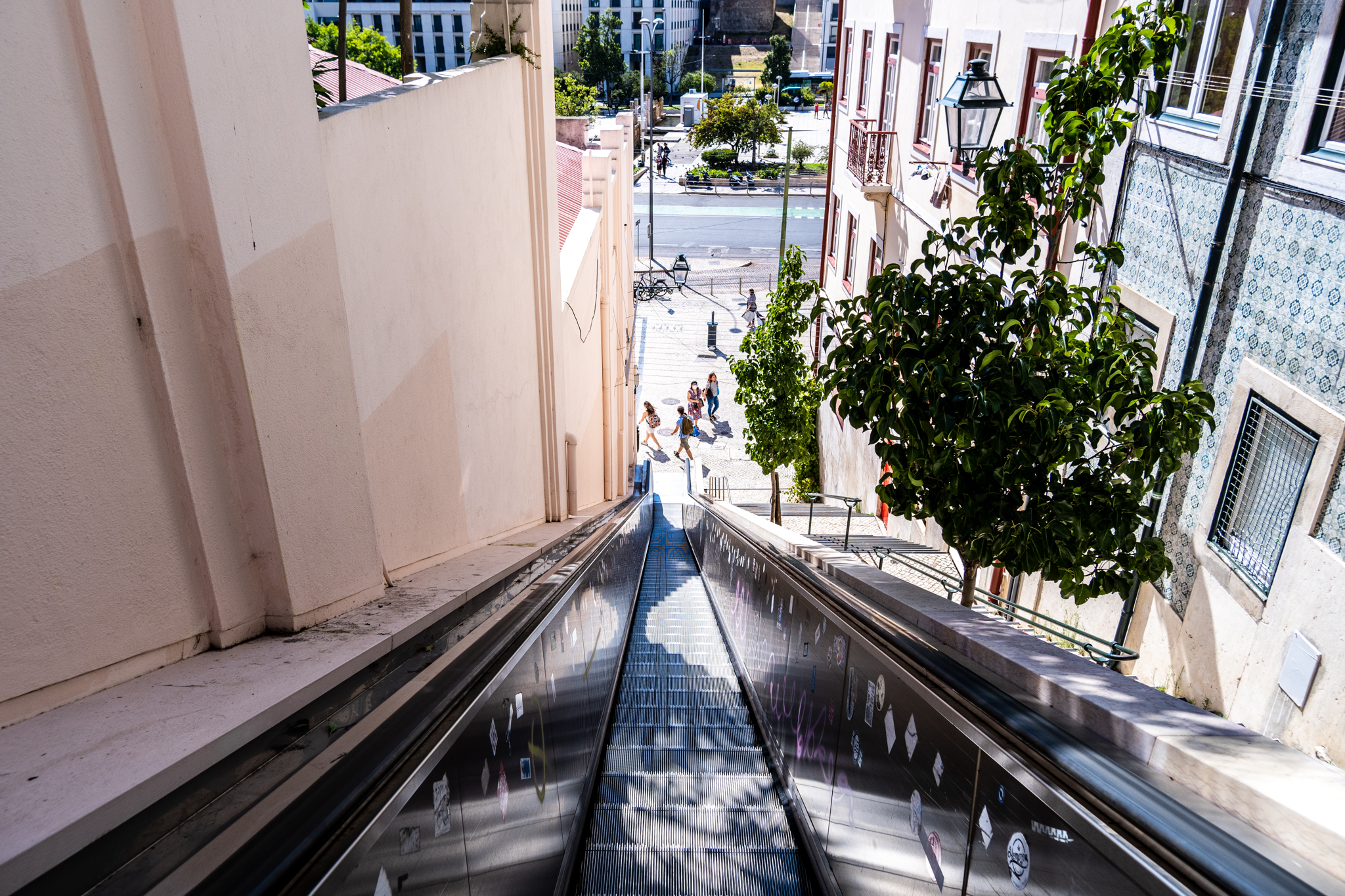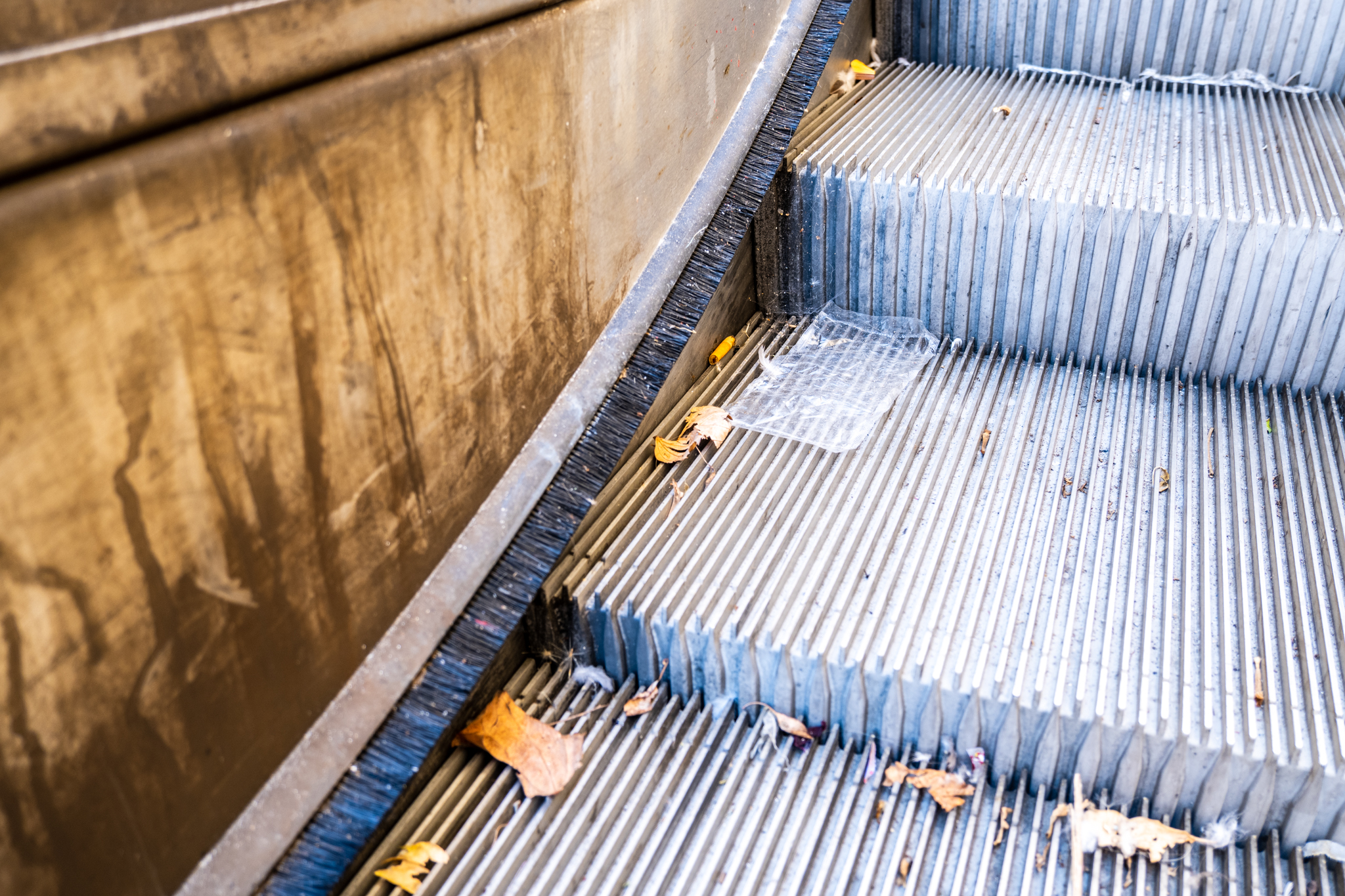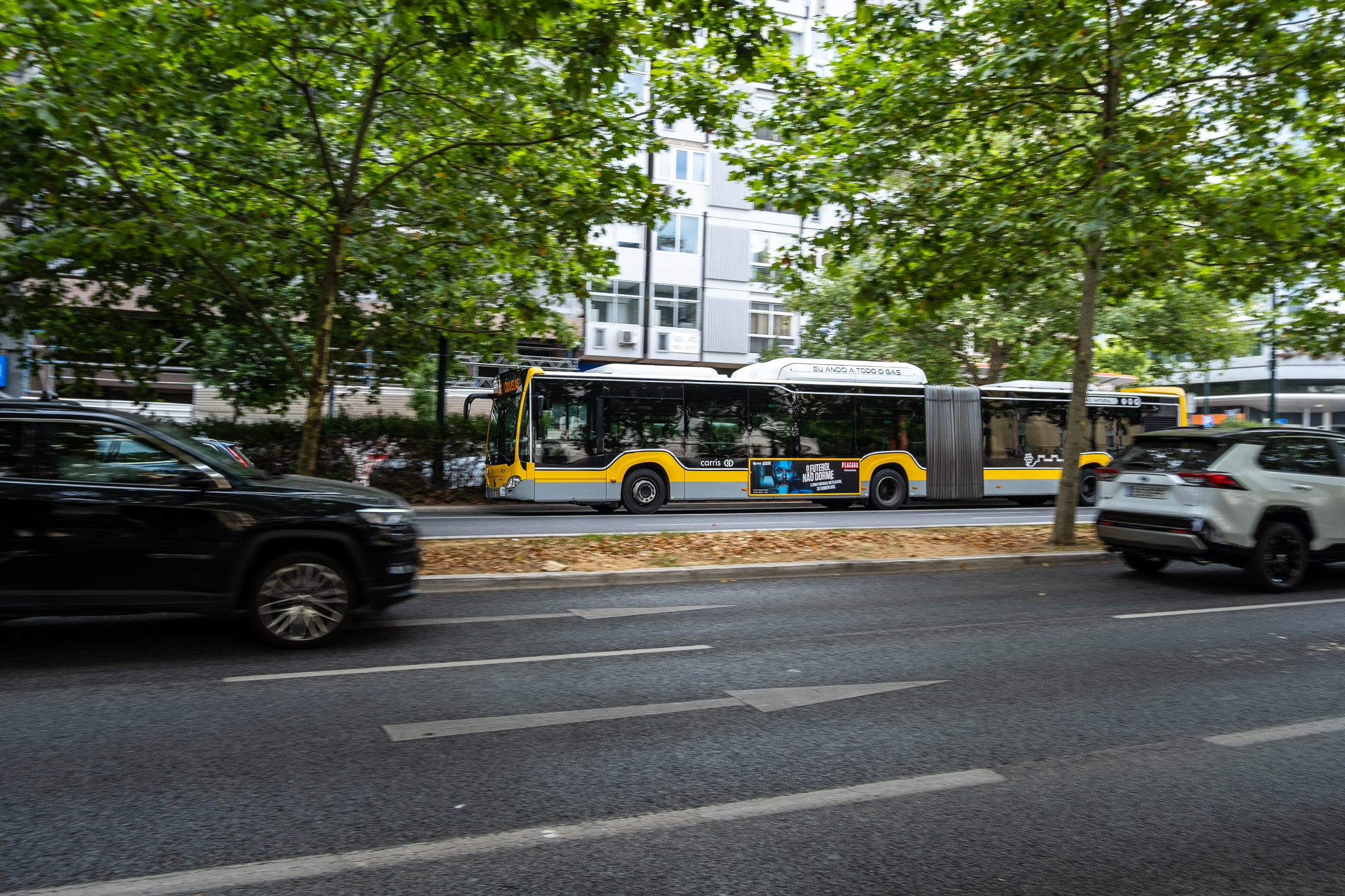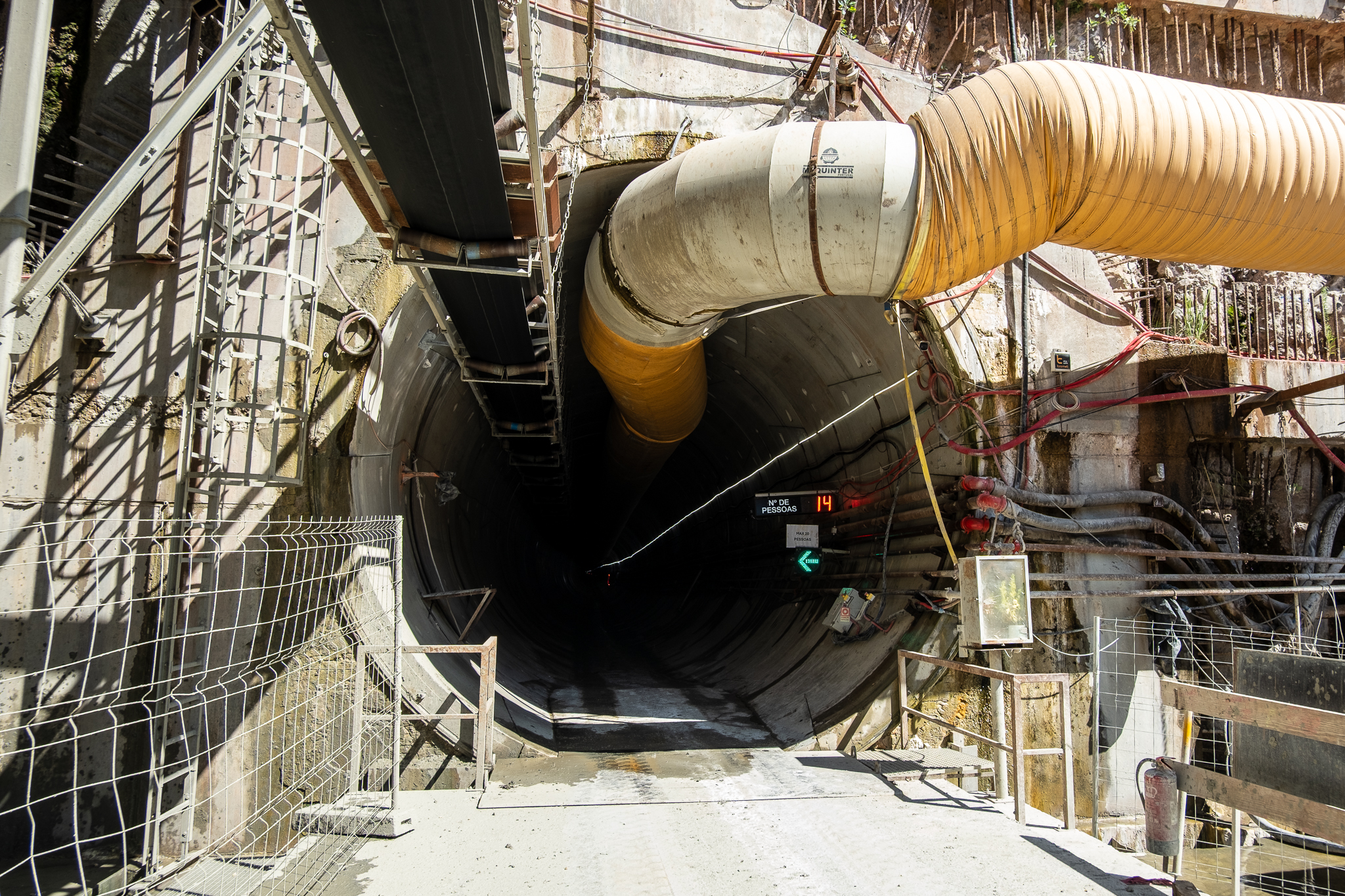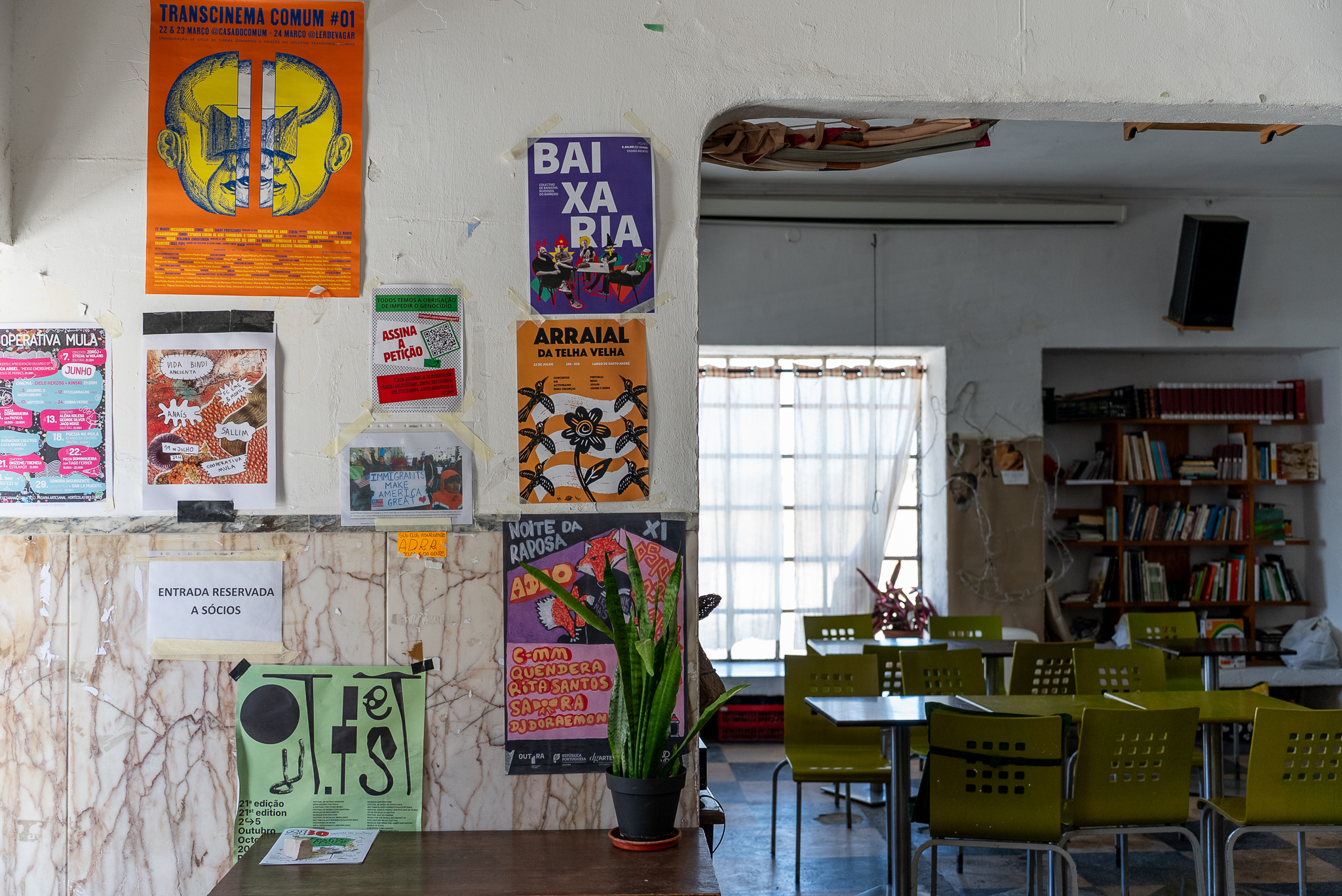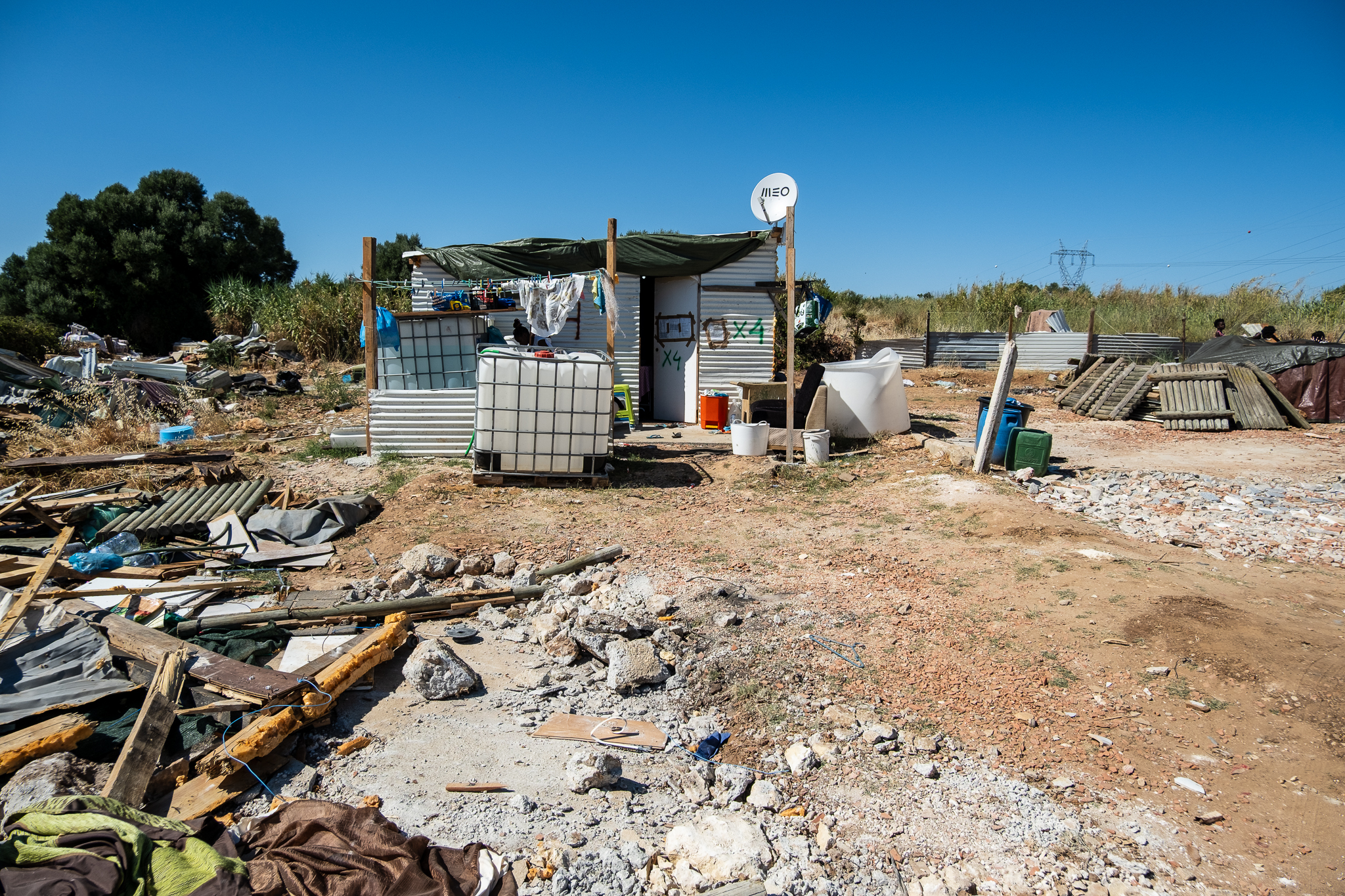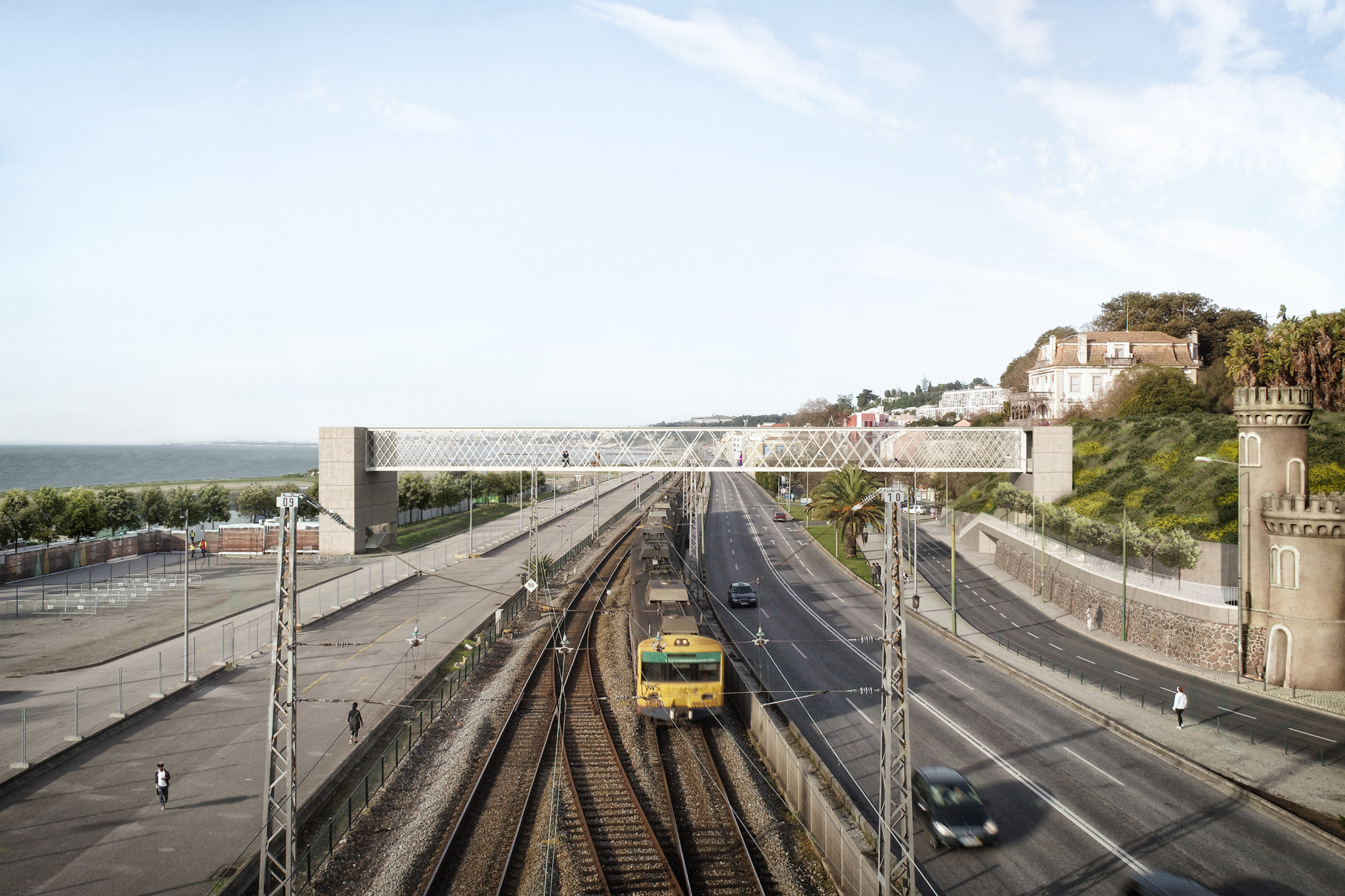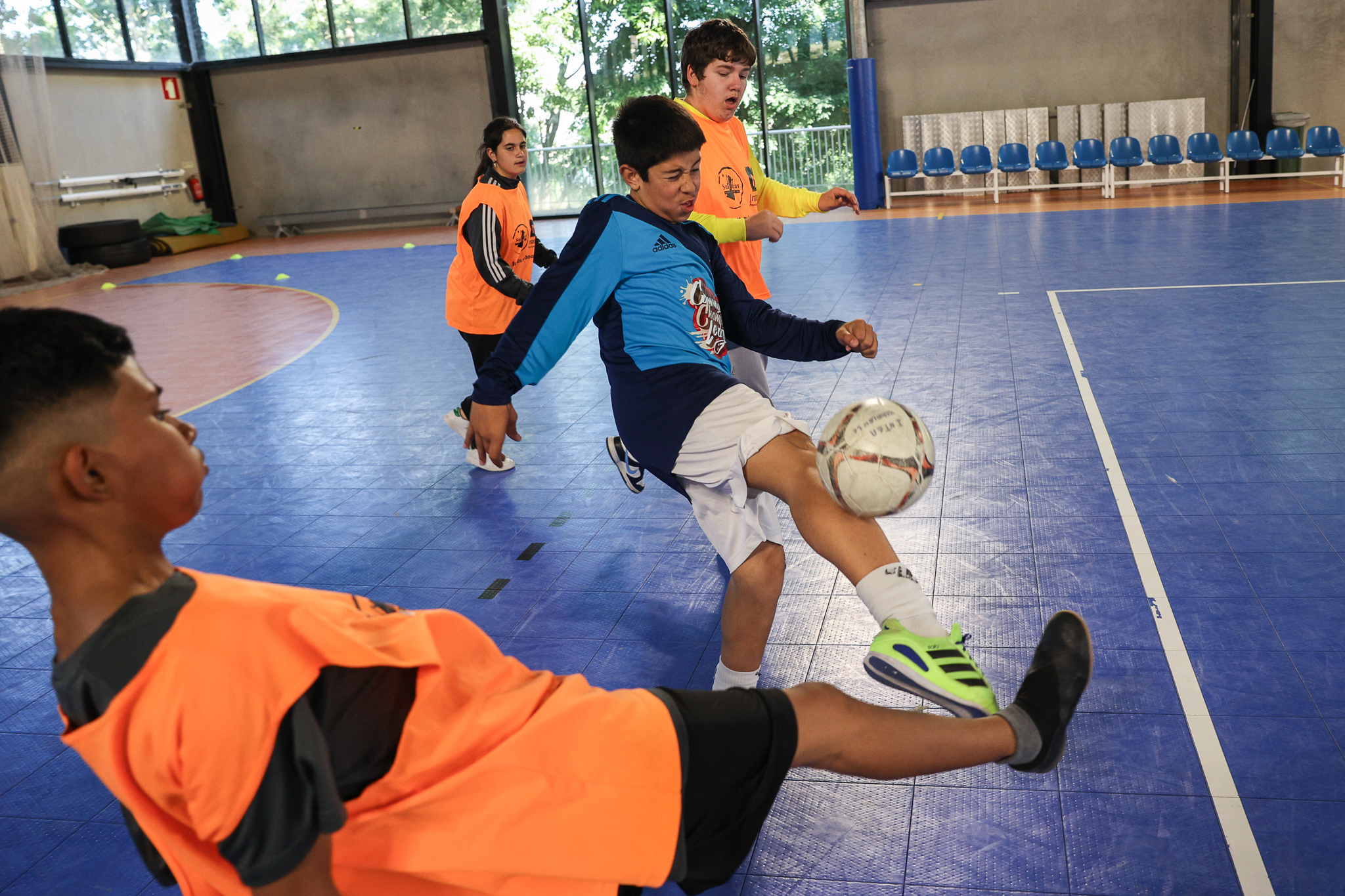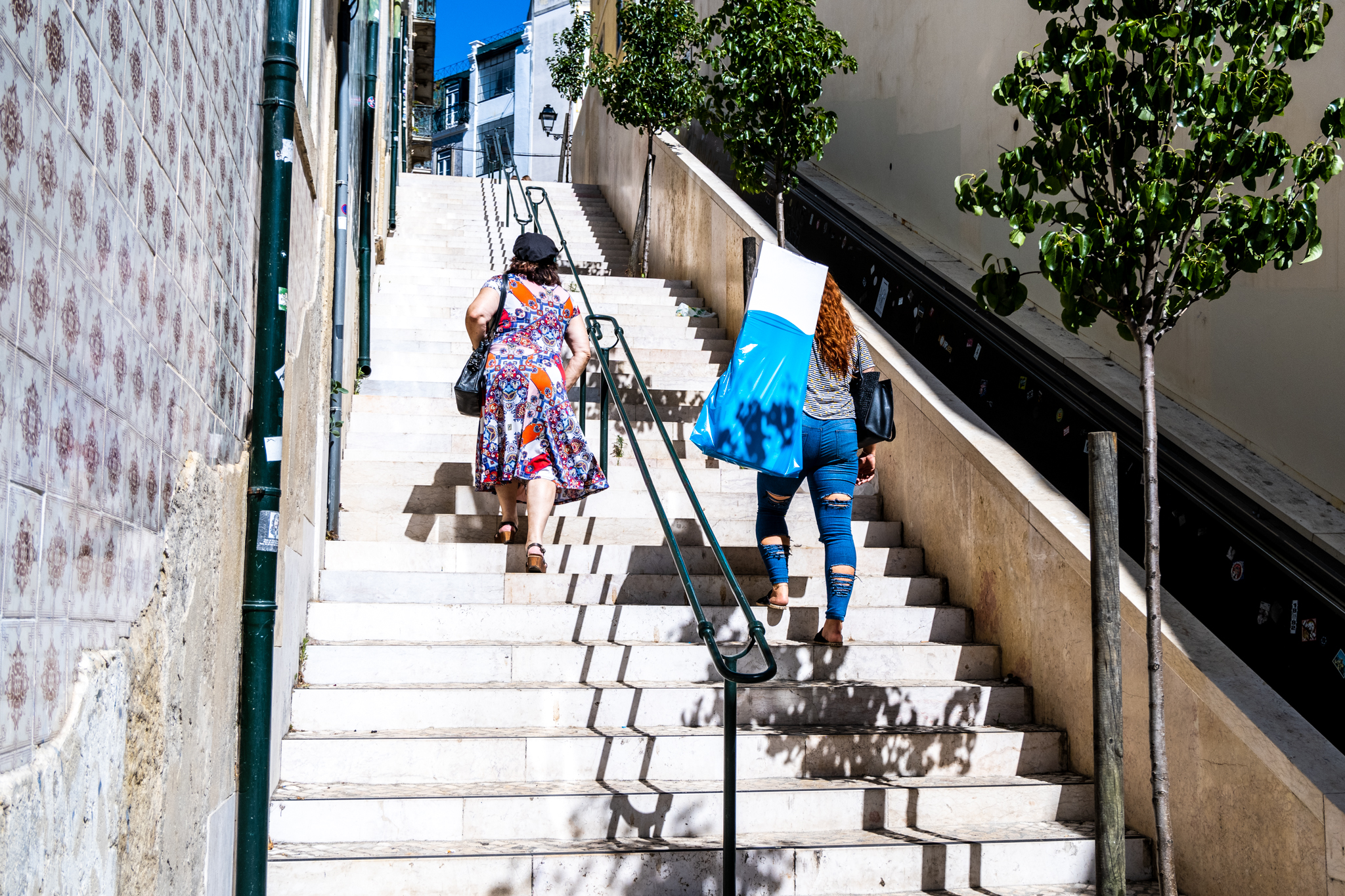
Designed in 2009, the General Plan for Smooth and Assisted Accessibility to the Castle Hill intends, as the name implies, to improve pedestrian mobility on the Castle hill, an area of high tourist interest, but also of heritage and cultural interest, and an area where a few hundred people will live (2011 Census). The plan consists of five different routes (for example, the Graça Route and the Sé Route), along which mechanical equipment such as escalators and elevators are planned. It should be completed by 2016/17, but a good part is still to be realized.
The Escadinhas da Saúde escalators, inaugurated in October 2018, are one of the parts of this accessibility plan. They constitute the first of a set of three sections that form the Mouraria Route, which will connect Martim Moniz to the Castle. Free and free to use, they are 32 meters long and solve a 13 meters unevenness between Martim Moniz Square and Marquês de Ponte de Lima Street. They cost around 830 thousand Euros. In a second phase, this route will be complemented by two more sections, one pedestrian and the other mechanical, to facilitate access to the interior of the São Jorge Castle.
Despite being located in an area of high tourist demand, serving all the people who visit the city, the Escadinhas da Saúde also helps all the residents of the area. This is the case of Maria Silva, 60 years old. "Living on the Castle Coast is at the moment a blessing and a scourge at the same time especially outside the operating hours of the Castle Lift." The Castle Elevator is composed of two elevators: one that goes up from Rua dos Fanqueiros to Rua da Madalena, and another that goes up from this street to the Castle Coast through the Chão do Loureiro Market. Both elevators are free of charge, but the first one has operating hours. "It only works from 8 in the morning to 9 at night"explains Maria. "My job requires that I sometimes have to come home later when the elevator is already closed"You have to climb the steep Rua da Madalena to get to the Chão do Loureiro elevator. "For me the escalators were the perfect alternative"he explains. "The escalators were going to make up for the lack of access at night, but now I don't even go to the escalators, because I know they will probably be stopped.“
The Escadinhas da Saúde are outdoors and therefore more at the mercy of vandalism and abuse, for example. Maria and her son, Tiago, explain that in the last few months they have found the escalators stopped working several times, and contacted Lisboa Para Pessoas to not only alert them to the problem, but also try to find out the reason behind the breakdowns. "Right now, you can count on your fingers how many times a week the stairs are working, and when they are, they don't both work at the same time, with the passerby having the unpleasant surprise that when they reach the second escalator span, they have to climb them with muscular rather than mechanical strength."Tiago Oliveira, 31 years old, laments. "I am not one to complain"As he says, he is still young, but he confesses that he expected that the stairs would have this kind of unforeseen events.
"When I heard that they were going to build an open escalator connecting Martim Moniz I immediately had two conflicting feelings: first, that it would be awesome because whenever I went to visit my mom I wouldn't have to make the painful climb up Rua da Madalena; second, I would probably have to keep making the painful climb up Rua da Madalena because when it comes to unsupervised equipment in Lisbon, it would most likely be under constant maintenance and would be practically useless.he says. "I know that for people who live in that area, especially older people, the escalators were a blessing but now people look at them only with the disappointment of what could be an access a higher quality mobility on Lisbon's biggest hill."
The unpredictability of whether the two flights of stairs will be fully operational complicates life for Maria, who uses public transportation for her daily commute and would like to make better use of this city facility. Currently, only the first set of escalators is operational, with the second set accumulating some cigarette butts, leaves and other trash - a sign that it has been out of operation for many months, as Maria and Tiago explained.
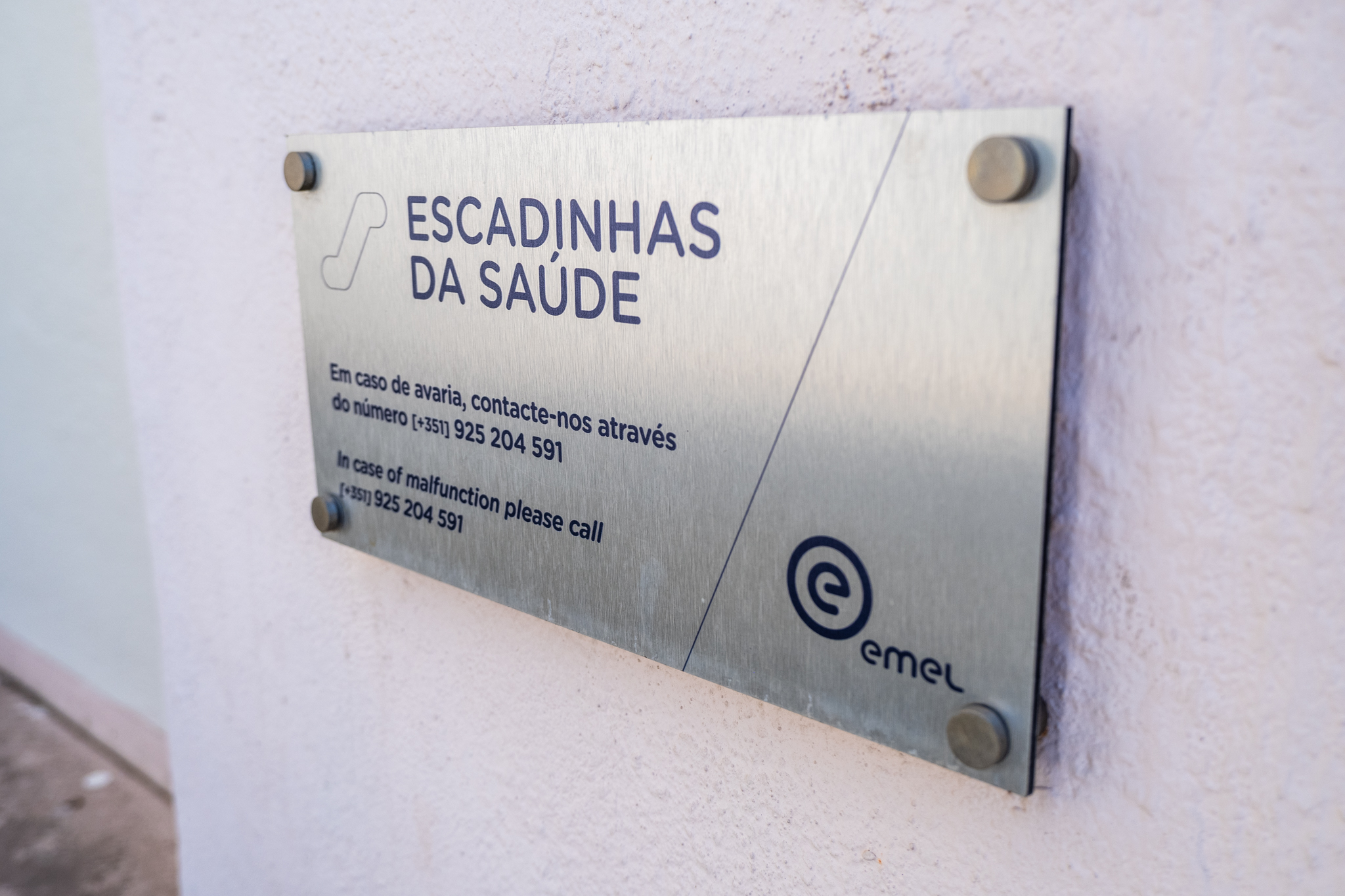
Contacted by Lisboa Para Pessoas, EMEL explains that "the Escadinhas da Saúde has suffered constant acts of vandalism since its inauguration, which has caused an intermittency in its proper functioning". The municipal company, responsible for managing the General Plan for Soft and Assisted Accessibility to the Castle Hill and its mechanical equipment, adds that the second flight of stairs is stopped "precisely because of repeated acts of vandalism that have broken the system, and are awaiting a piece that, due to the constraints caused by Covid-19, has been taking much longer than usual to arrive“.
"EMEL warns that the Escadinhas da Saúde are essential for the movement and well-being of many people, residents, workers and workers and not only, and guarantees that it has done and will continue to do everything to minimize the lack of civility that has caused serious damage and led to this important equipment of the city of Lisbon not working in its fullness."
- EMEL
